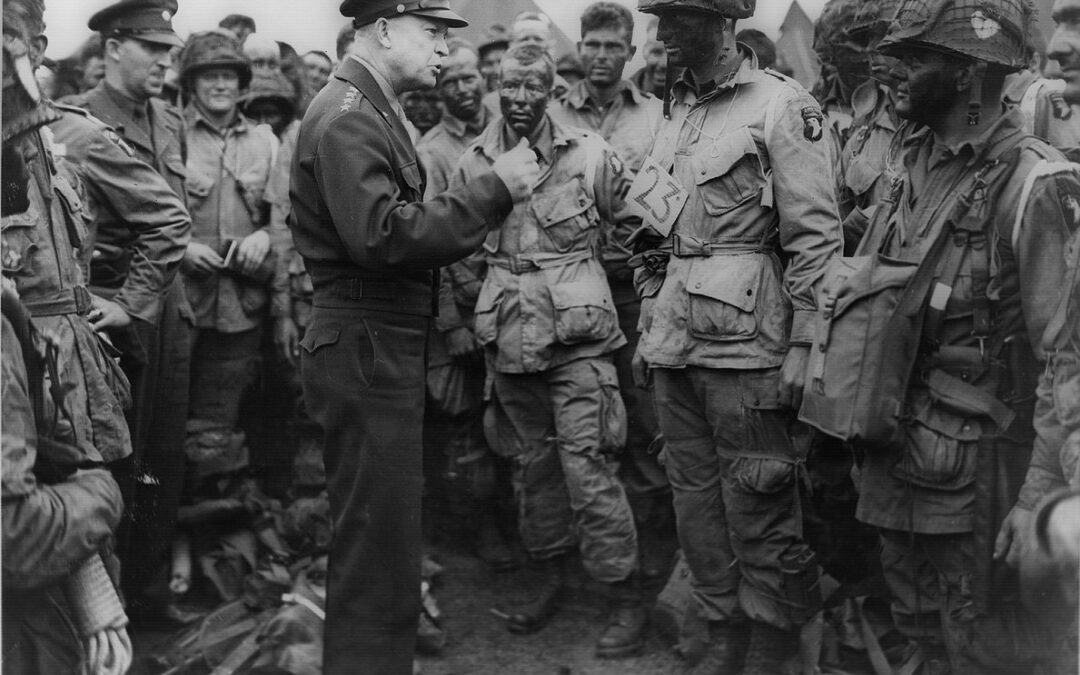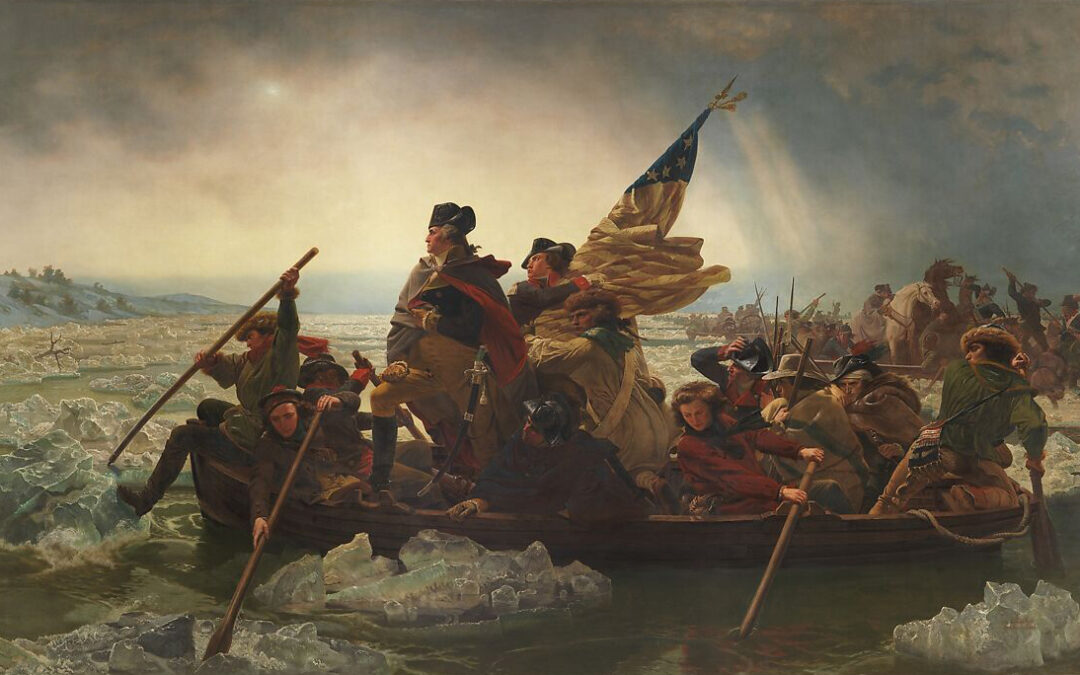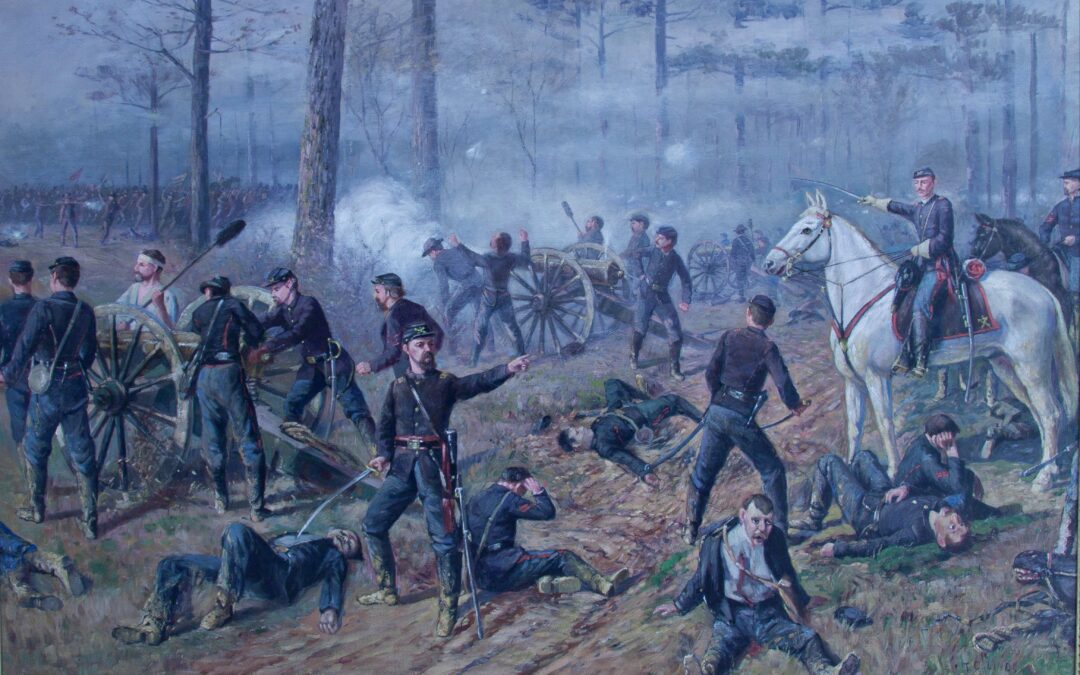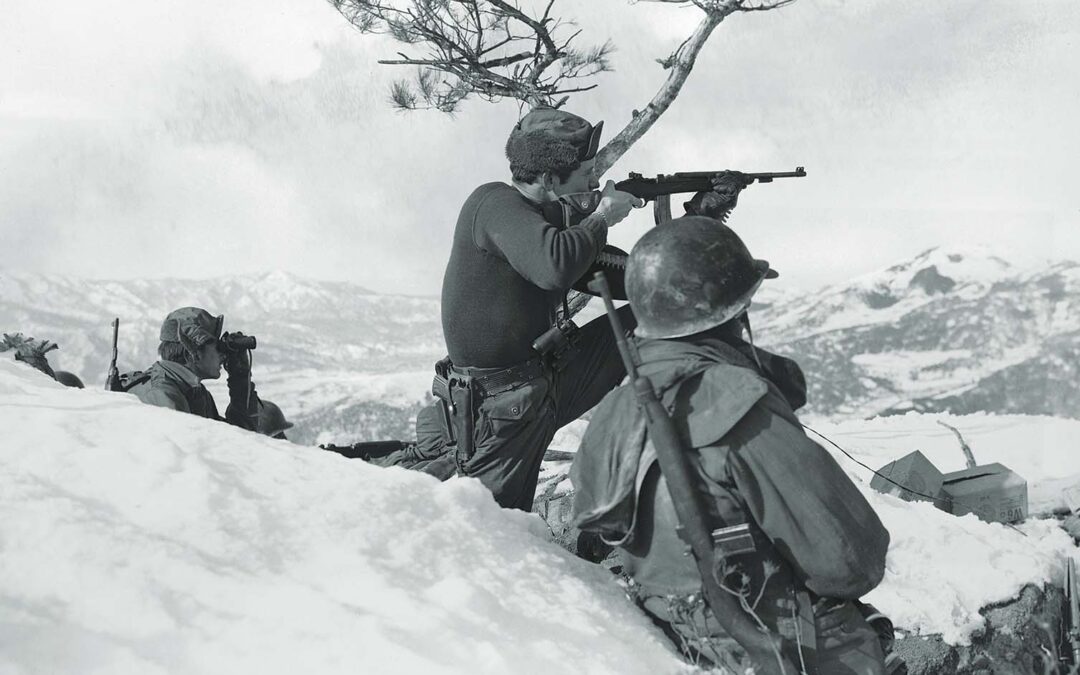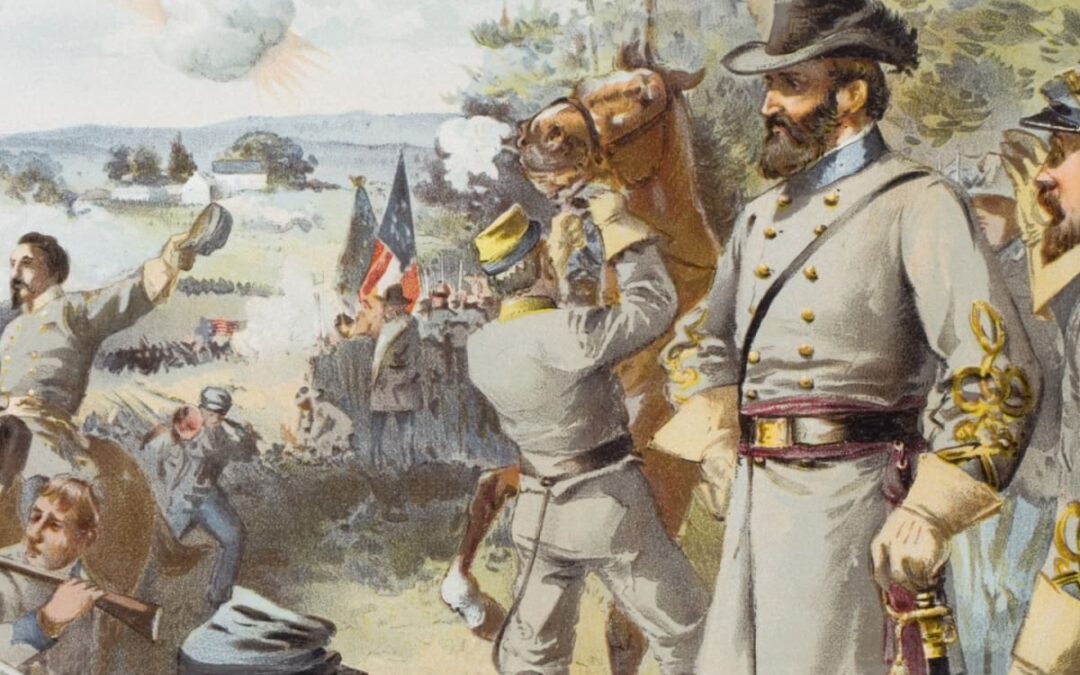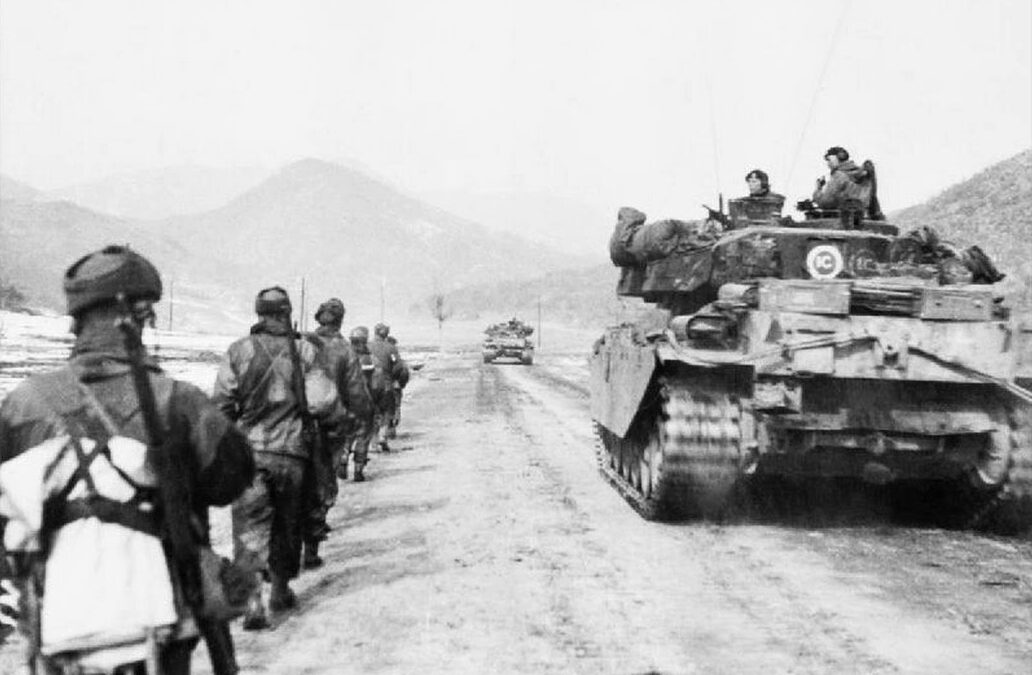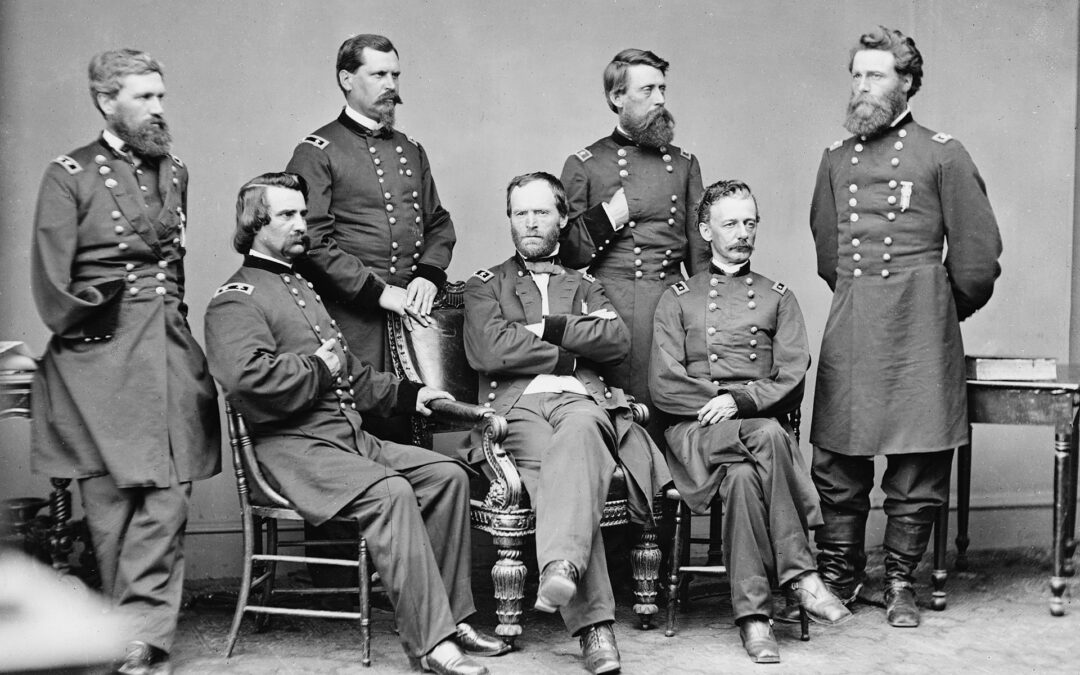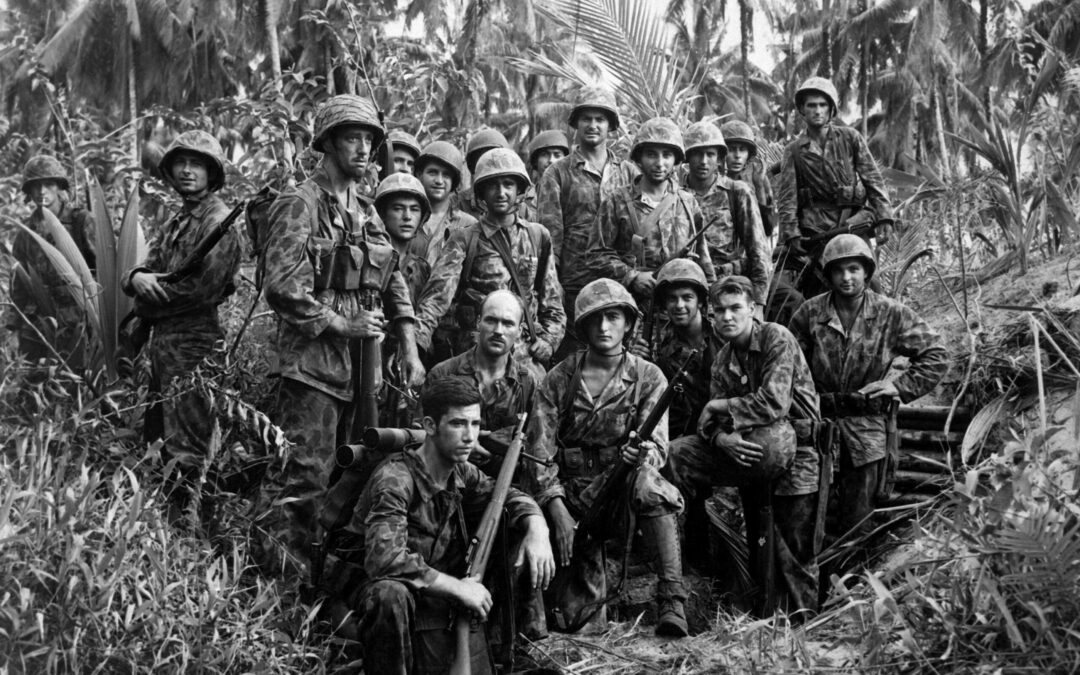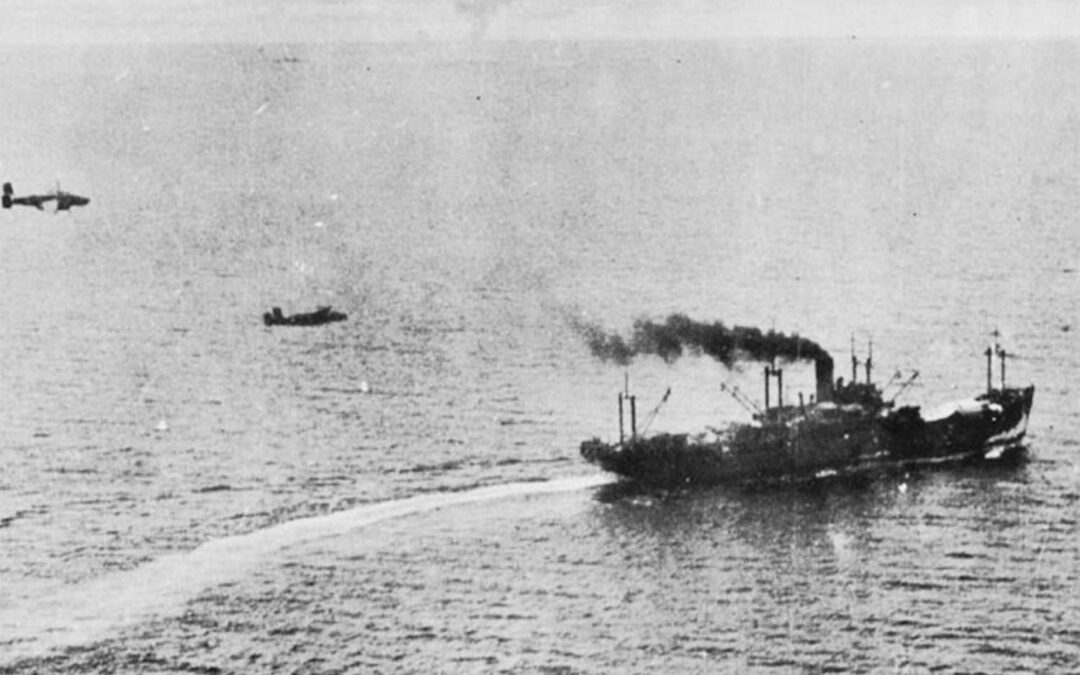On May 3, 1945, a Yugoslavian handyman walked out of Nazi Germany's Itter Prison on a 40-mile trek to Innsbruck (in what is today Austria). His mission was to find any American troops he could and get them back to the castle. Itter Castle was a prison for the Reich's most high-value prisoners, including the sister of Gen. Charles de Gaulle and former French Prime Minister Edouard Daladier. The Imminent Threat to Itter Castle With the end of the war soon coming, the prisoners had taken control of Castle Itter but knew that Hitler's most fanatical troops, the Waffen-SS, were still fighting – and were still a threat. They were right to be concerned. The 17th SS Panzergrenadier Division was operating in the area, killing military-age males and executing anyone who surrendered to the Allies. They now had their sights set on taking Itter and killing everyone inside. A motley crew of American tankers, French prisoners, German soldiers, and a former SS commander would fight the SS...

